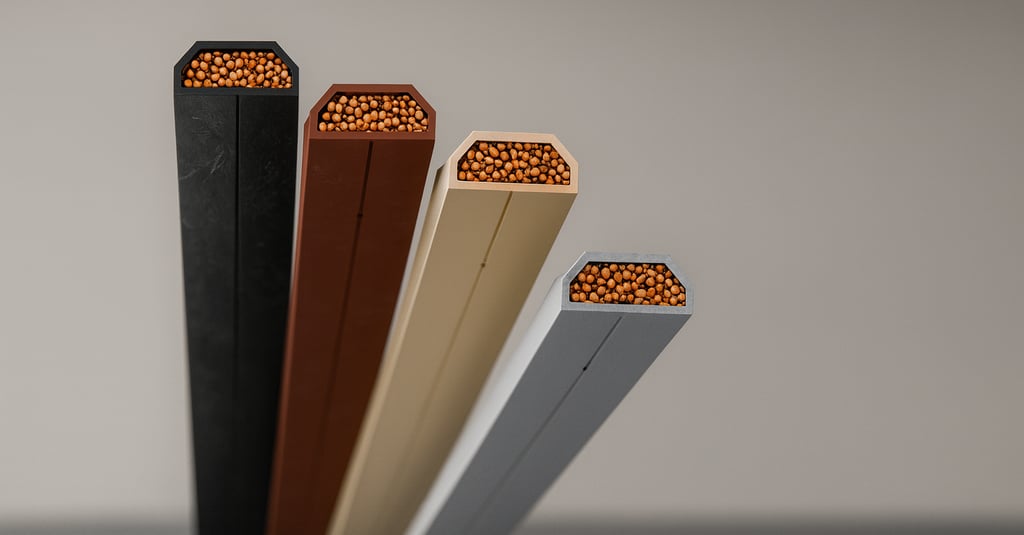Free warm edge spacer
WINDOWS
5/19/2025


Why is it worth investing in a warm edge spacer in windows?
Although seemingly a small element of window construction, a warm frame plays a crucial role in its thermal insulation. A traditional aluminum frame, present between the panes of glass in a glazing unit, easily conducts heat — leading to the formation of thermal bridges. It is these places that often become sources of heat loss and condensation of water vapor on the edges of the panes.
A warm frame is an alternative: made of plastic, composite materials, or steel with low thermal conductivity, it limits heat transfer and positively affects the parameters of the entire window. Thanks to it, the thermal transmittance coefficient (Uw) can be lower, and the risk of moisture condensation – smaller.
How does a "warm edge spacer" work and what changes in practice
The importance of the material
Instead of typical aluminum, materials with much lower thermal conductivity are used — which means that the edge of the glass retains a higher temperature, while the thermal bridge is limited.Improvement of the thermal parameters of the window
The use of a warm frame can influence the reduction of the Uw value of the entire window by as much as 0.1 W/(m²·K) — which has real implications for heating energy consumption.Lower risk of condensation
On cold days, standard aluminum frames cooled the edge of the glass to a temperature at which dew forms. A warm frame raises the temperature there, reducing the risk of fogging.
We are running a promotion that allows most customers to receive a warm frame as standard equipment at no additional cost. This solution increases the thermal insulation of windows without extra costs for the investor. The offer is intended only for three-pane glazing systems and all wooden systems.
E-mail: info@fenetrex.pl
polska@fenetrex.pl
+48 579 265 131
© 2025 FENETREX. All rights reserved.


Contact exclusively for business clients.
Polish
English
english@fenetrex.pl
+48 579 265 131
Dutch (NL)
nederland@fenetrex.pl
+48 729 496 825
Dutch (BE)
belgie@fenetrex.pl
+48 729 496 825
German
deutschland@fenetrex.pl
-
French
france@fenetrex.pl
-
cooperation
NEWS
CONTACT
PRODUCTS
Windows
Doors
Sliding systems
Garage doors
Window covers
Mosquito nets
Fences
Glazing
Pergolas
Privacy Policy
Monika Surma FENETREX
ul. Władysława Pytlasińskiego 16/13
00-777 Warsaw
Poland
TIN: PL7632153948
REGON: 529573864
